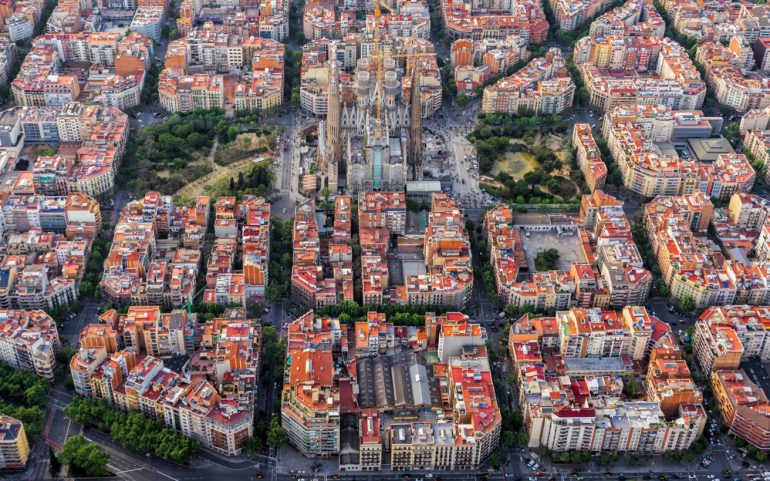Some of the largest cities in the world have larger populations and larger economies than even entire countries. But as they grow in size, and become more and more complex, they also face major problems, daily threats to the health and well-being of their inhabitants.
Overcrowding, pollution and lack of free space are some of the issues that are evolving into major problems in modern big cities, stigmatizing everyday life in urban environments.
There can be a response - as cities can manage their resources and priorities to create a sustainable environment for visitors but especially for residents, while leaving room for innovation and development. And here comes her example Barcelona, in Spain, where urban design first introduced the "superblocks" in 2016.
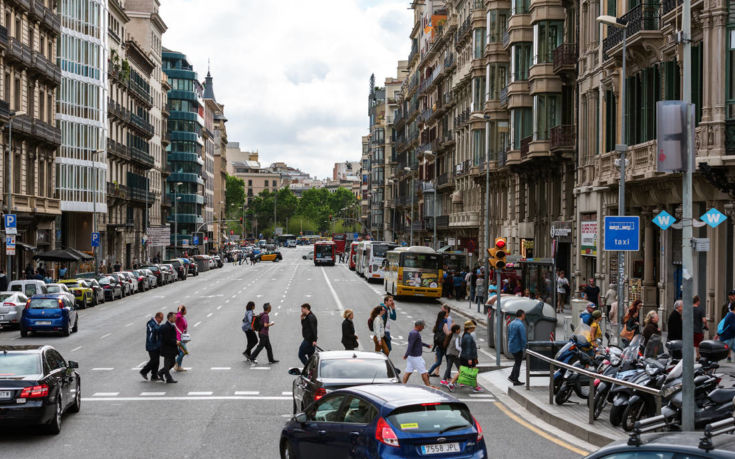
The "superblocks" are neighborhoods of nine building blocks, where the movement of vehicles is allowed only on the roads around these blocks, with the result that the rest are now freely available to pedestrians and cyclists. The aim is to reduce the pollution caused by vehicles but also to get rid of the citizens from the rather undervalued but not at all harmless noise pollution. These neighborhoods are designed to create more free spaces where residents can meet, chat, socialize and do various activities.
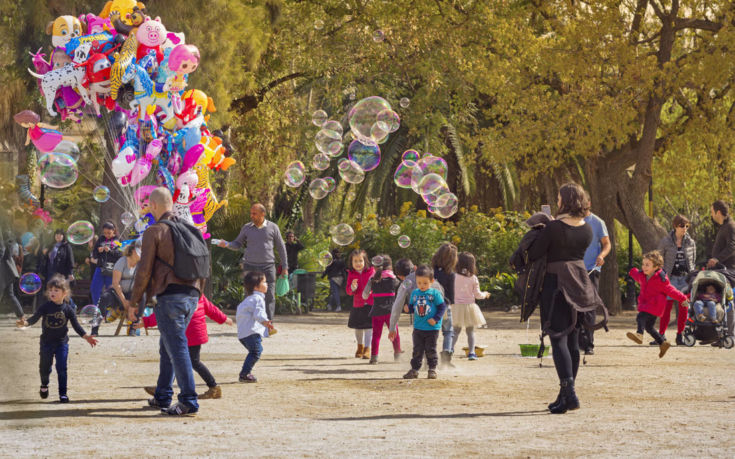
Today there are six such "superblocks", including the first one implemented in Eixample. The change it brought seems to be accepted by the residents to a large extent while the long-term benefits are anything but negligible. Within the "neighborhood" they form, only the movement of emergency vehicles is allowed, while the parking lot for the residents is underground.
"Vehicles occupy 60% of the city's public space," Janet Sanz, deputy mayor for urban development, told the BBC in a recent interview. "Once this area is redistributed and the situation is brought to a new balance, groups of citizens are supported who until then had no access to these areas."
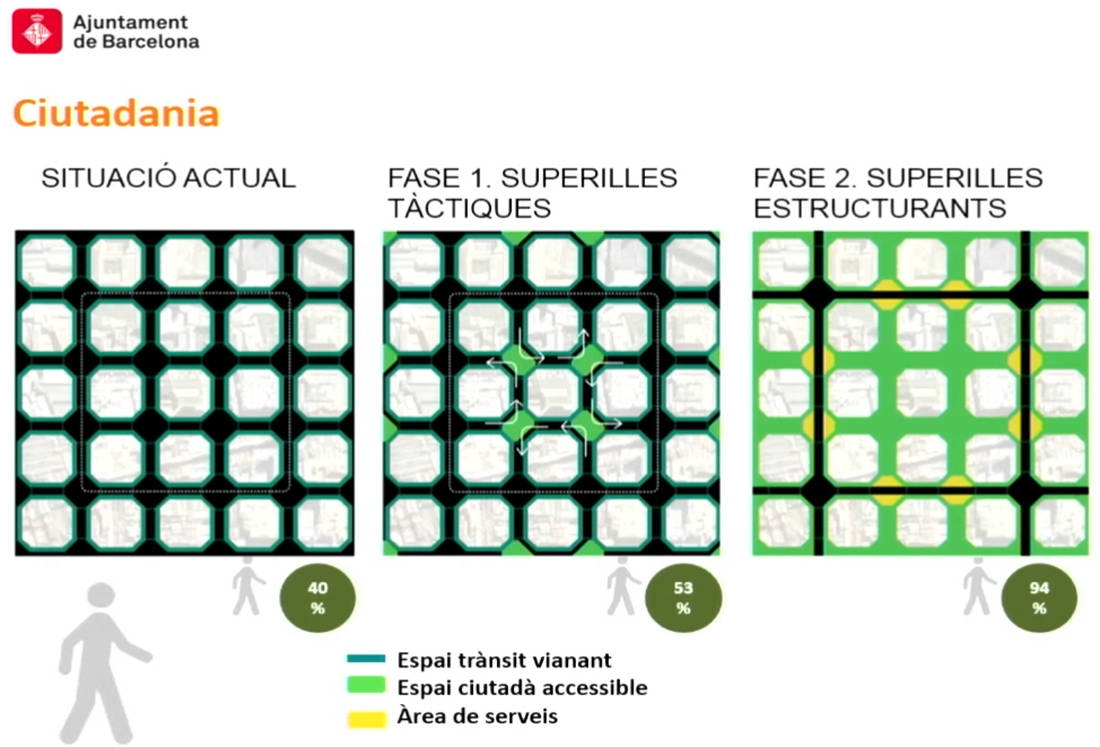
After all, where could one imagine that it could meet quiet corners in its bustling and lively capital Catalonia; Listen only to the laughter of the children playing in the playground and the chirping of the birds. There should be no cars and traffic and the space that the cars would occupy should have been given for play, green, and even a lane for running.
Obviously there are objections, from citizens who either want their cars out of their doorstep or have a business and are afraid that their jobs may be affected by restricting the movement of vehicles.
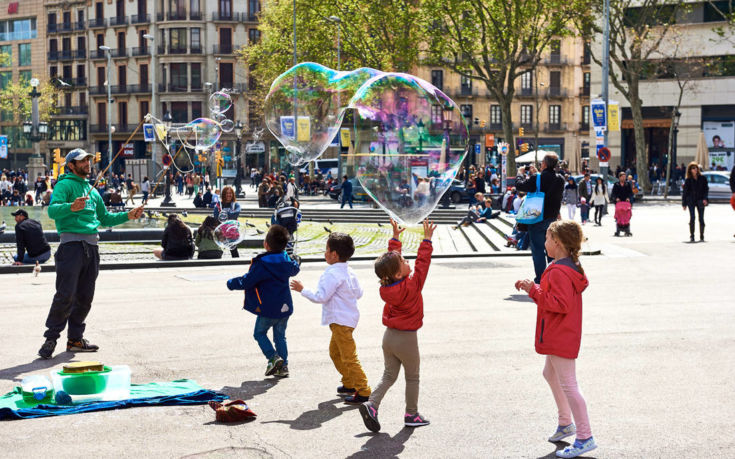
However, a recent study by the Institute of Public Health in Barcelona estimates that if the plan for 503 superblocks in the city goes ahead, as planned, car travel will be reduced by 230.000 per week, as citizens turn to public transport, walking or The bicycle.
Research notes that this could lead to significant improvements in air quality and noise levels on roads where traffic will be banned. Nitrogen dioxide levels are expected to fall by 25%, bringing levels within the limits set by the World Health Organization.

The plan is expected to bring significant benefits to the health of residents. According to the study, 667 premature deaths can be prevented annually by air pollution, noise and heat. More green spaces will encourage citizens to go out more and adopt a more active lifestyle.
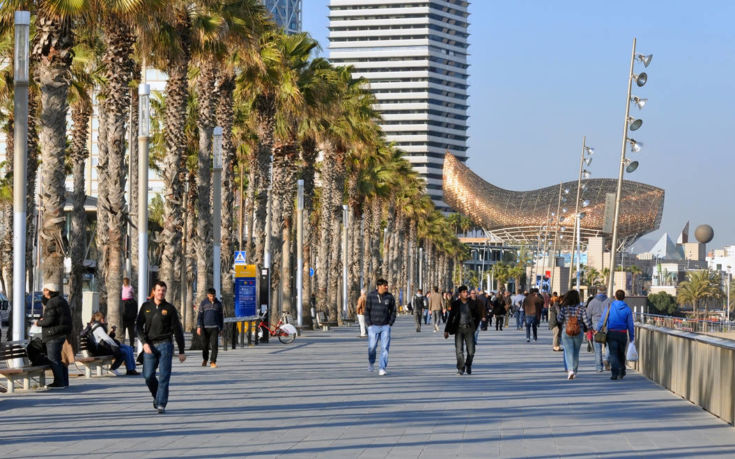
This in turn helps reduce obesity and diabetes and relieves workloads of health services. Researchers say Barcelona residents can live an extra 200 days alone thanks to the cumulative health benefits of implementing the plan across the city.
The benefits relate to psychological and physical health. Access to open spaces can be an antidote to loneliness and isolation, especially for older people, as communities develop stronger bonds and become more resilient.

The first idea for the "superblocks" came from Salvador Rueda, director of the Barcelona Urban Ecology Service, who says that it could be applied in any city. However, the authorities that will be interested in the superblocks in their city will have to take into account some issues.
Such changes require significant investments. In fact, as the roads will be transformed with the appropriate furniture and plenty of greenery, the remaining roads where traffic will be allowed will obviously need to receive more traffic.
Further infrastructure investments may also be required, such as the improvement of roads around each "neighborhood" so that they can cope with the increased volume of vehicles, and the installation of "smart" management systems. traffic, which may be necessary to avoid congestion. And the question remains: How will such investments be financed, given that the increase in municipal fees or any taxation is not expected to be warmly welcomed?
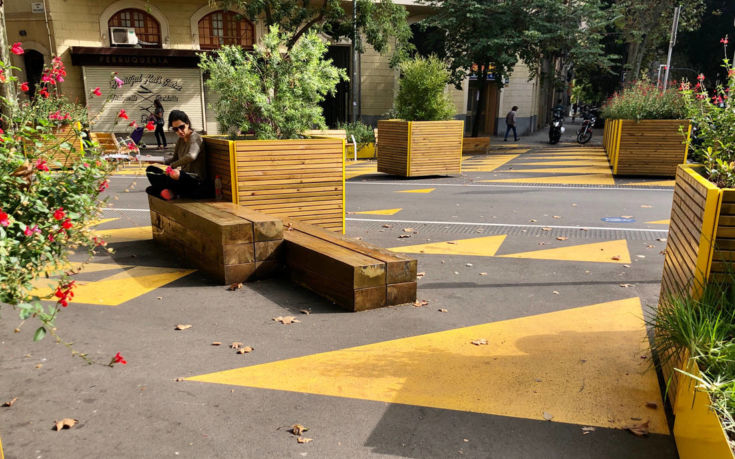
One should keep in mind - and it has already been observed - that when a place becomes more desirable it leads to an increase in demand. real estate. Higher prices and increased rents can create neighborhoods inaccessible to citizens and lead to their "investment" utilization and possibly eventually to the "expulsion" of residents.
It is also important that Barcelona is an old but quite well-designed European city. The challenges are different in the cities that are now "emerging" in Asia, Africa or Latin America, but also the newer cities in the USA and Australia. There are large differences in scale, population density, urban form and form, growth patterns and industrial context. Many large cities in the developing world face serious problems of overpopulation, uncontrolled and unregulated growth, and a weak regulatory framework.
However, the idea already seems to be being considered by the Seattle authorities in the USA, who are looking for a similar framework.
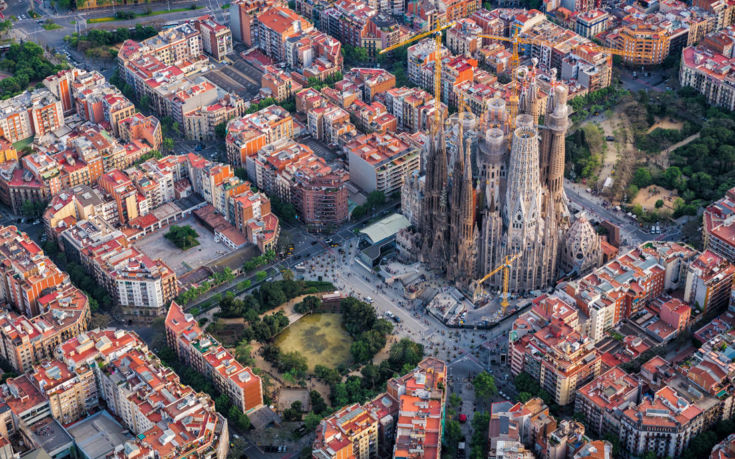
Copying what is happening in Barcelona can be very difficult in such places and will require much bigger changes. But it is also true that the basic principles of superblocks - giving priority to pedestrians, cyclists and public spaces over vehicles - can be applied, with the necessary adjustments, to every city.
In any case, successful urban planning needs a clear vision for the future and a "roadmap" for how that vision can be realized. A vision that is achievable when developed jointly with citizens, local businesses, private and public organizations. This can ensure that all stakeholders share ownership and responsibility for the success of local initiatives.
